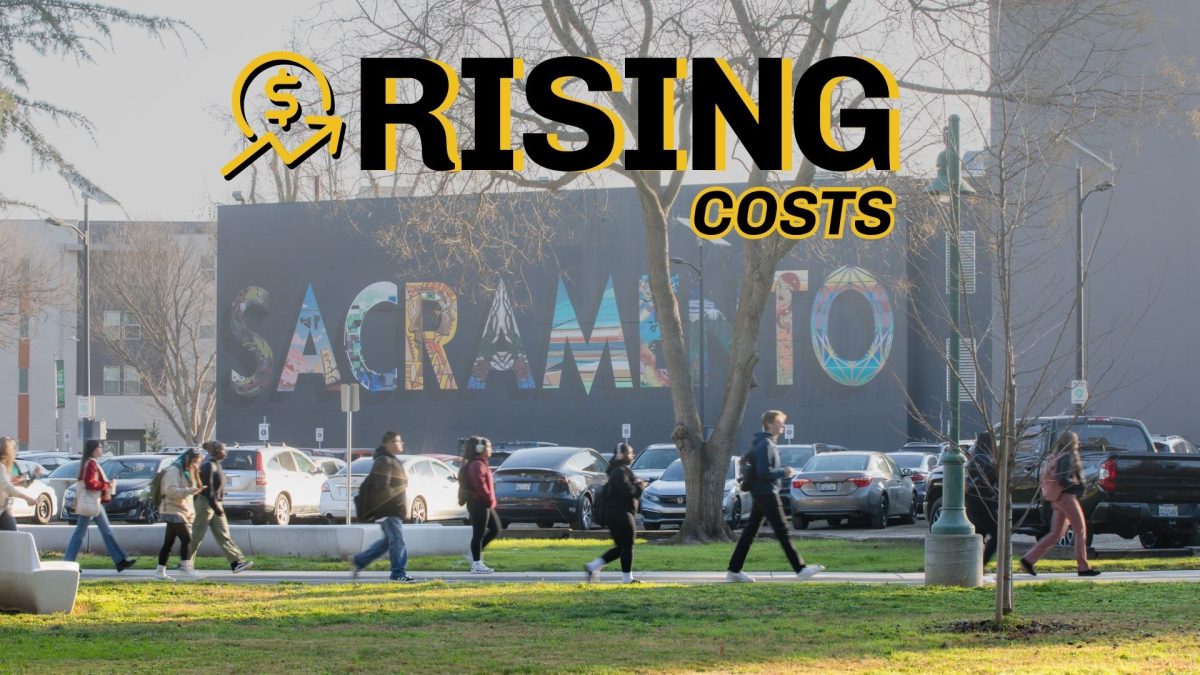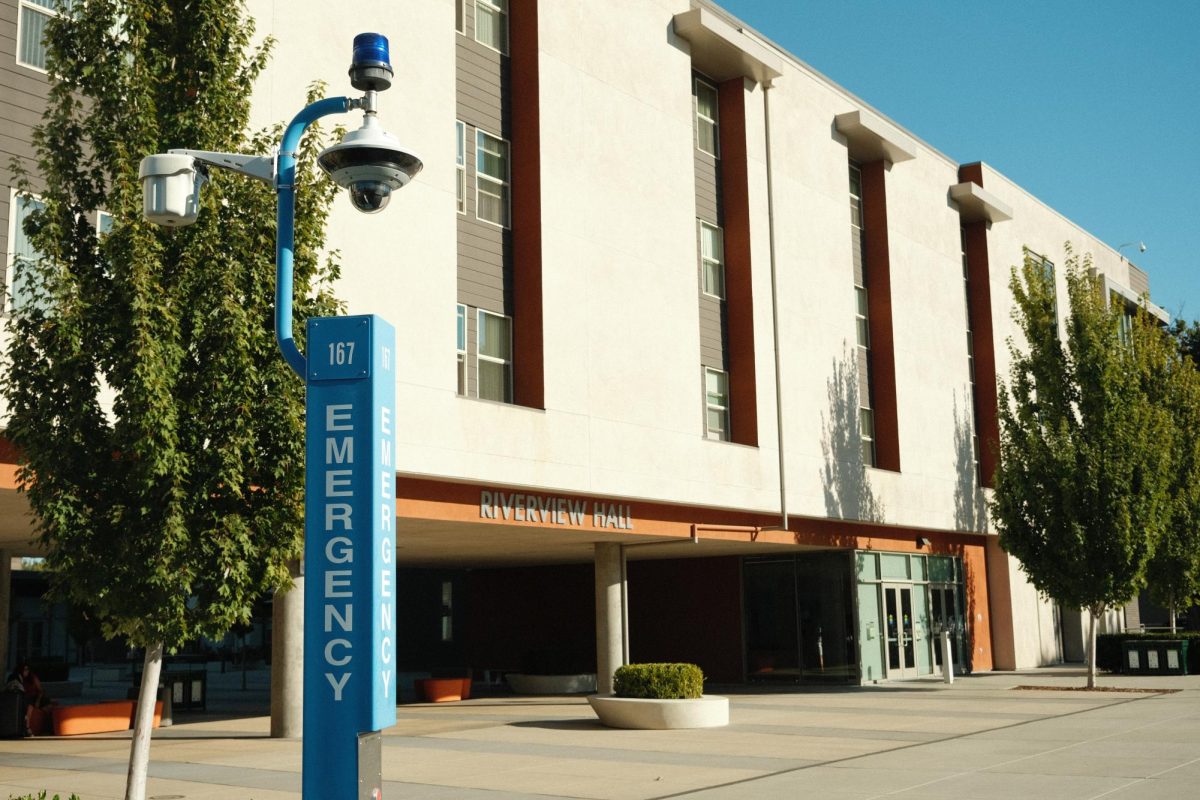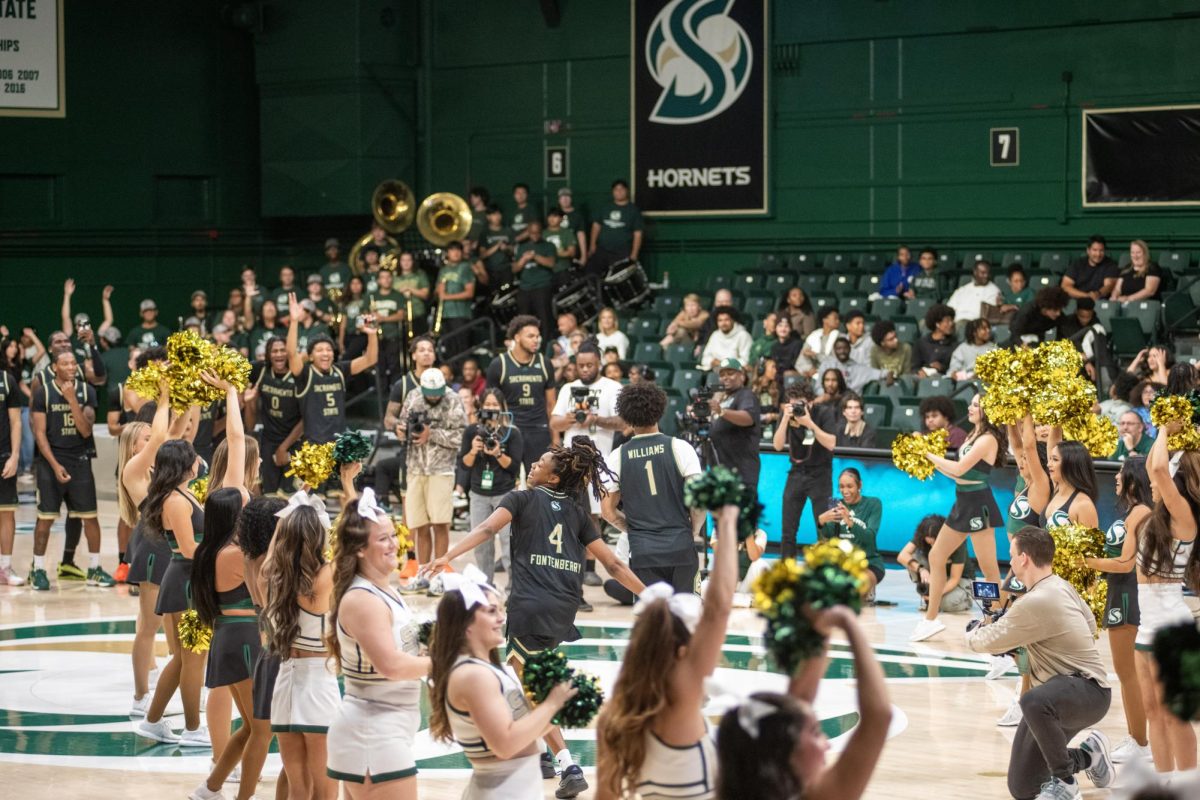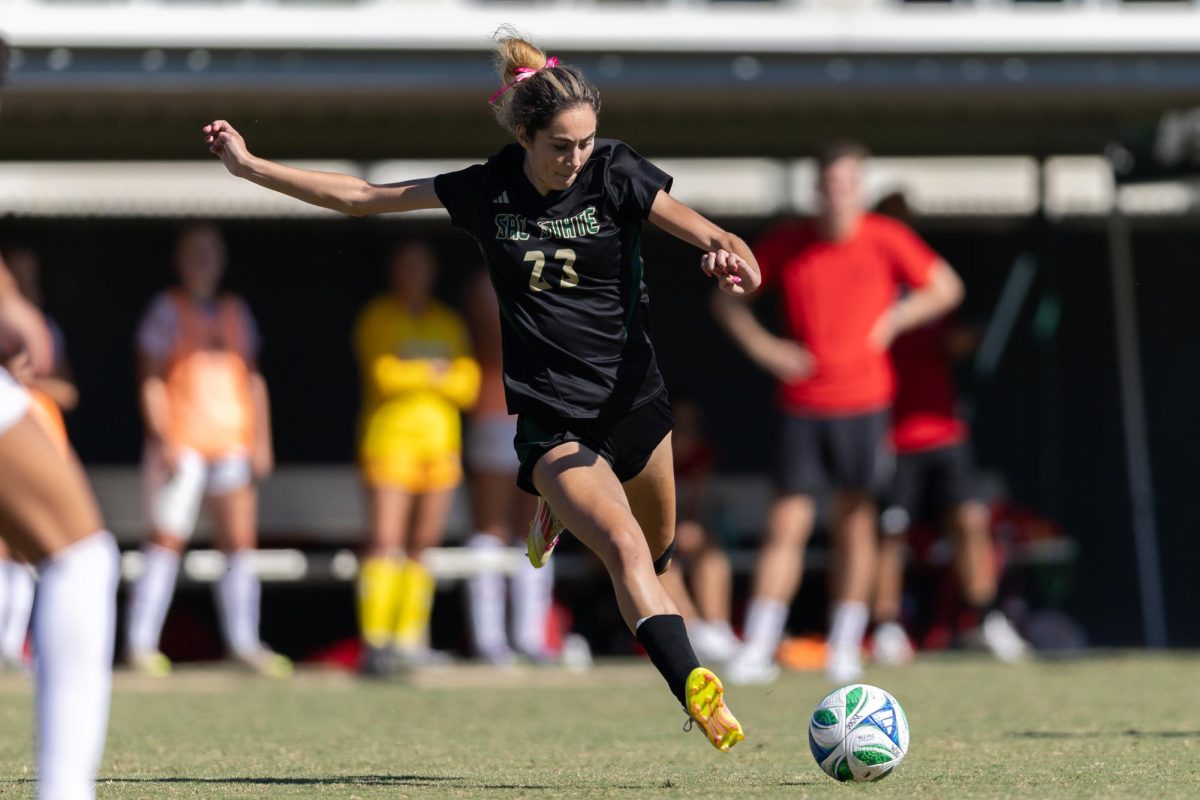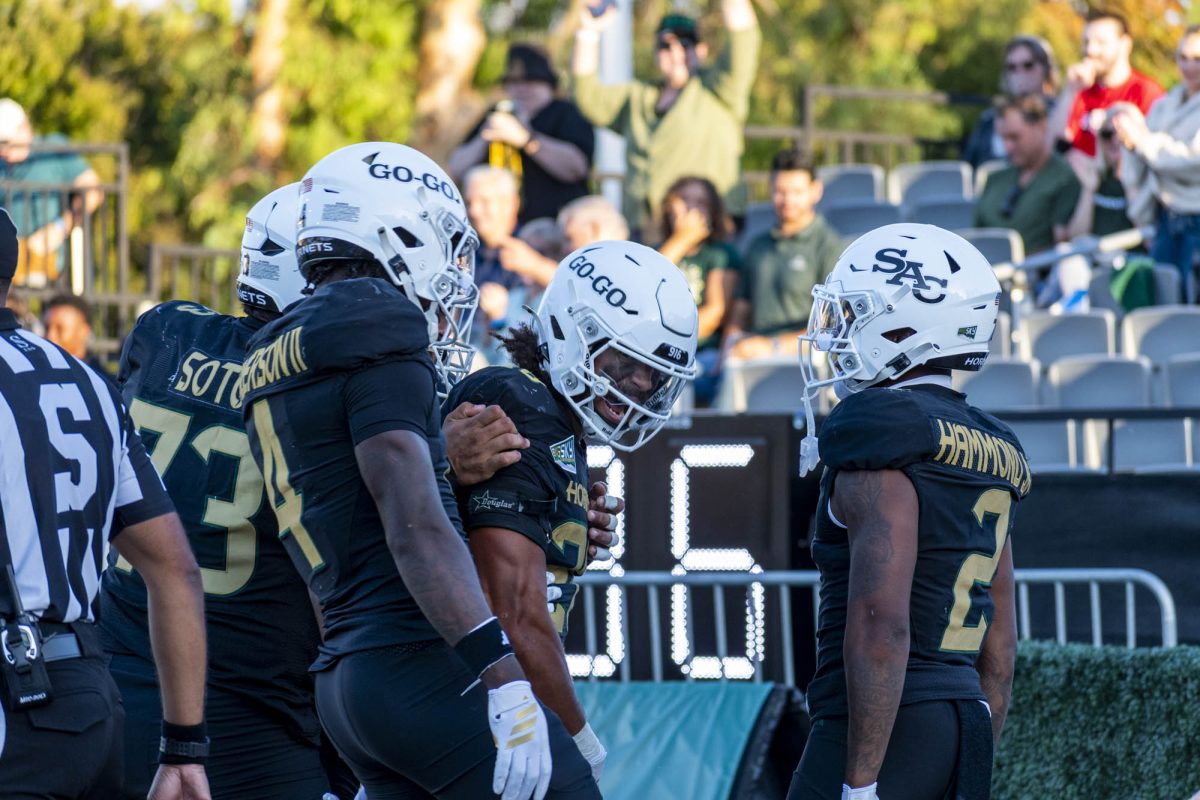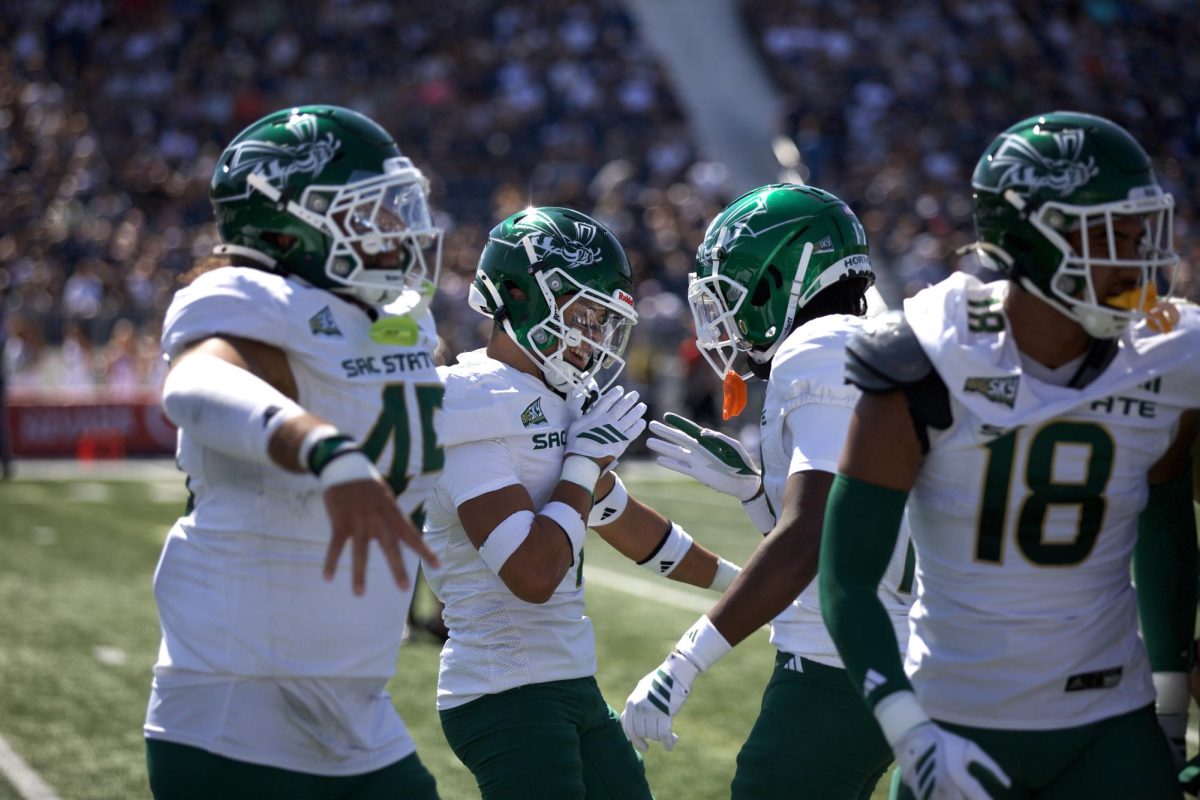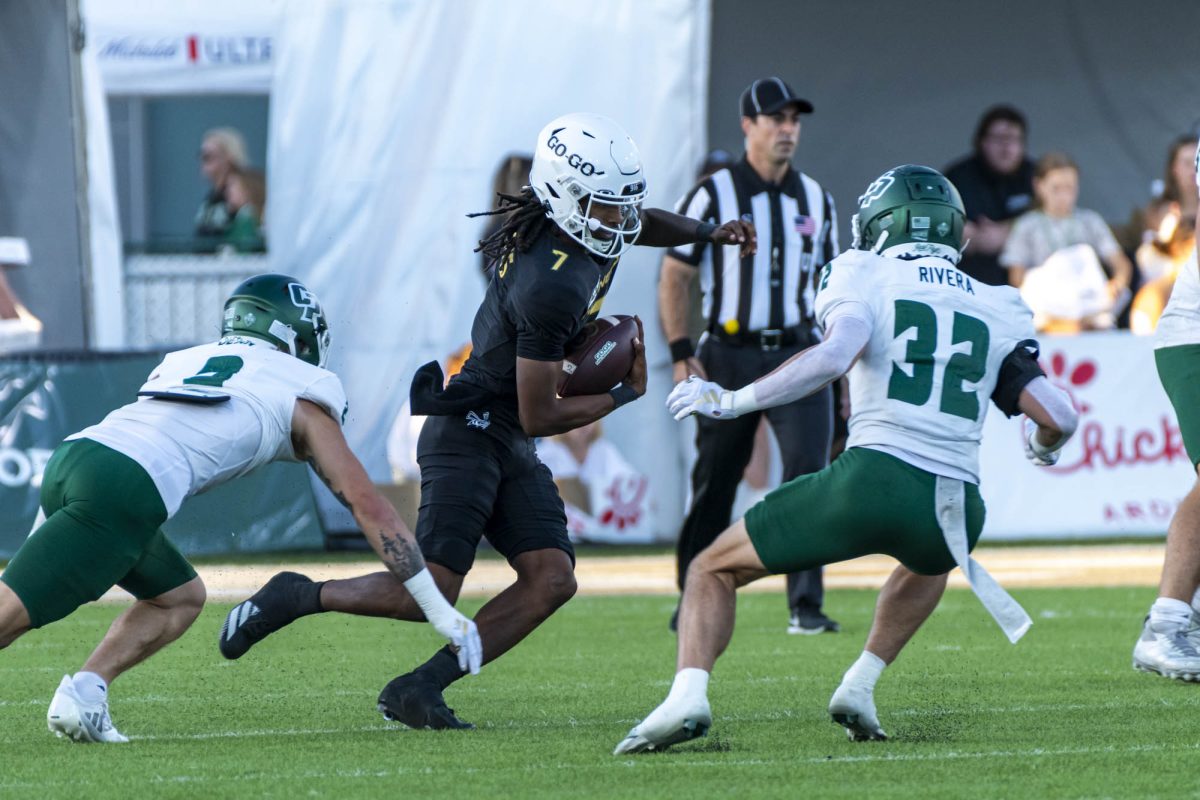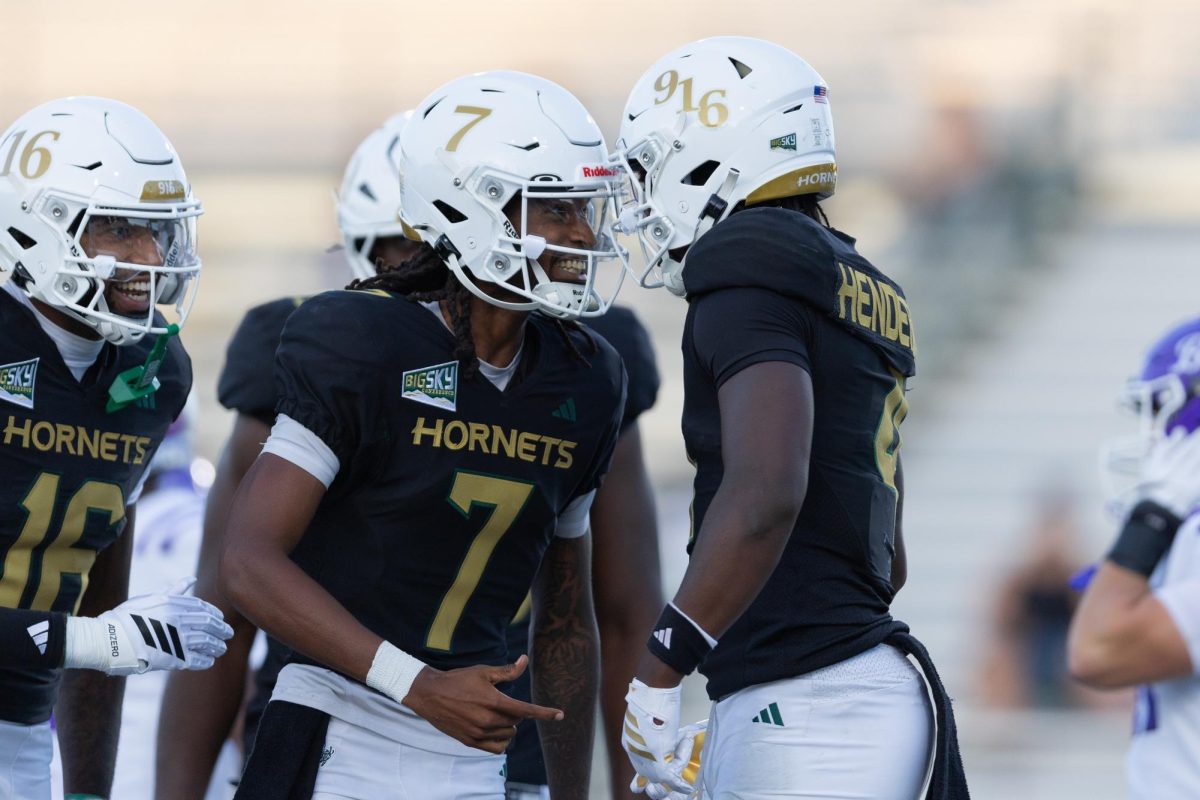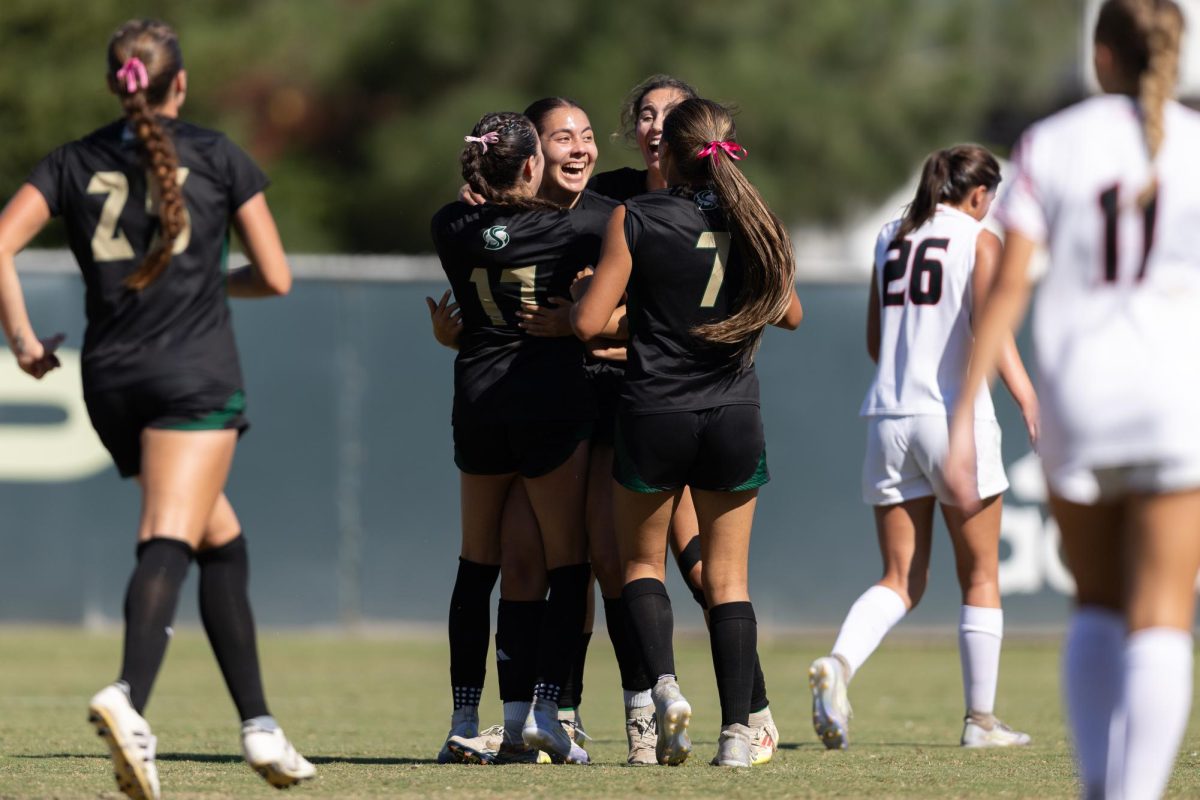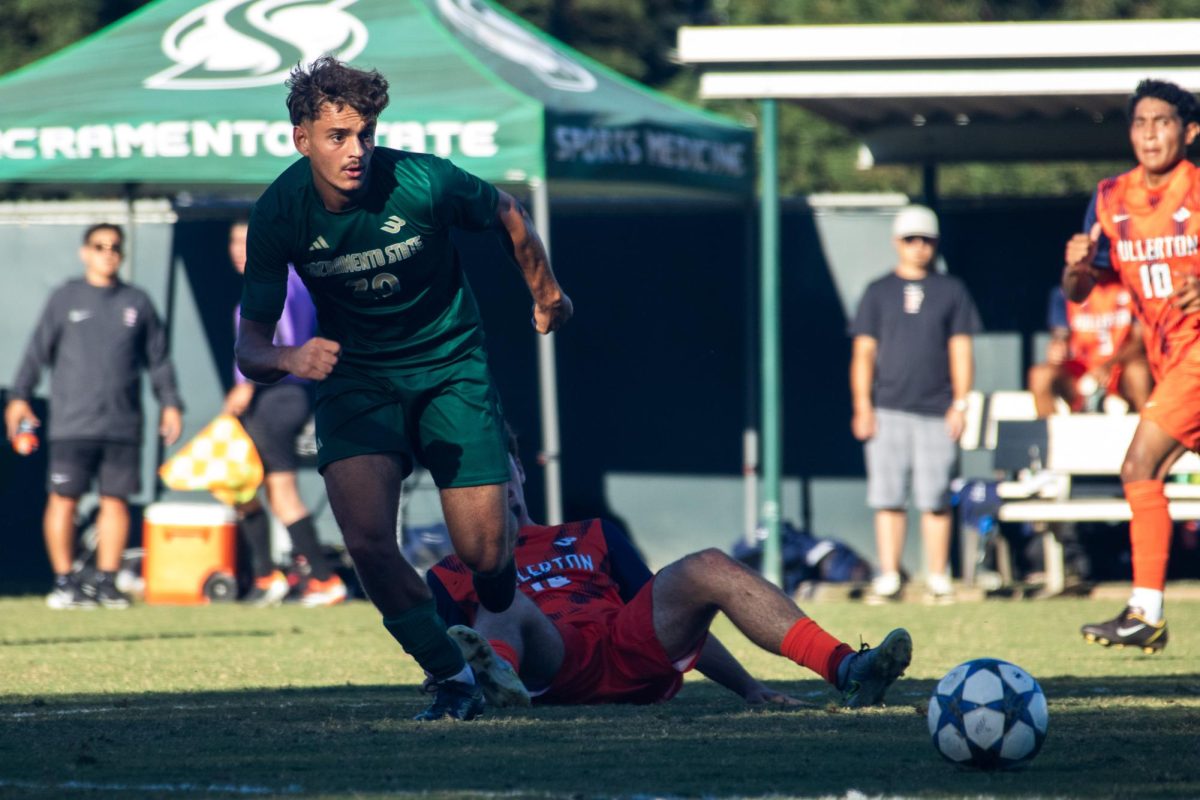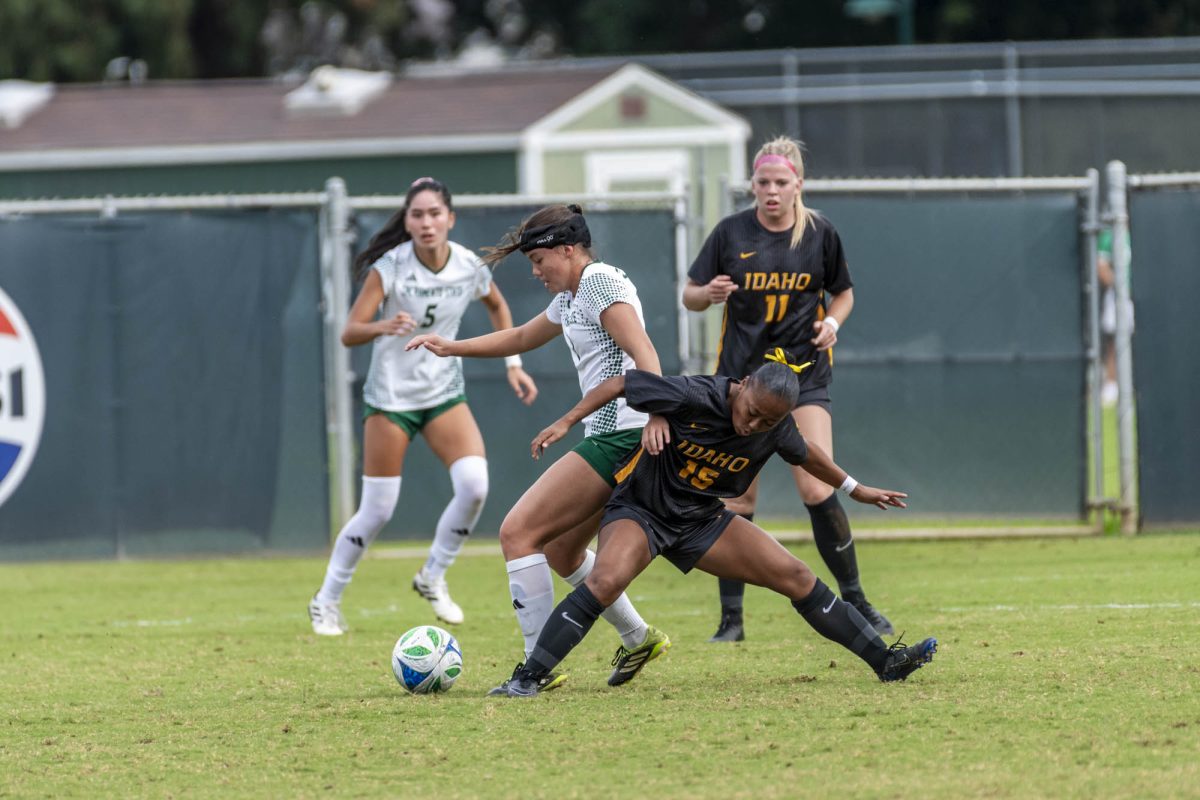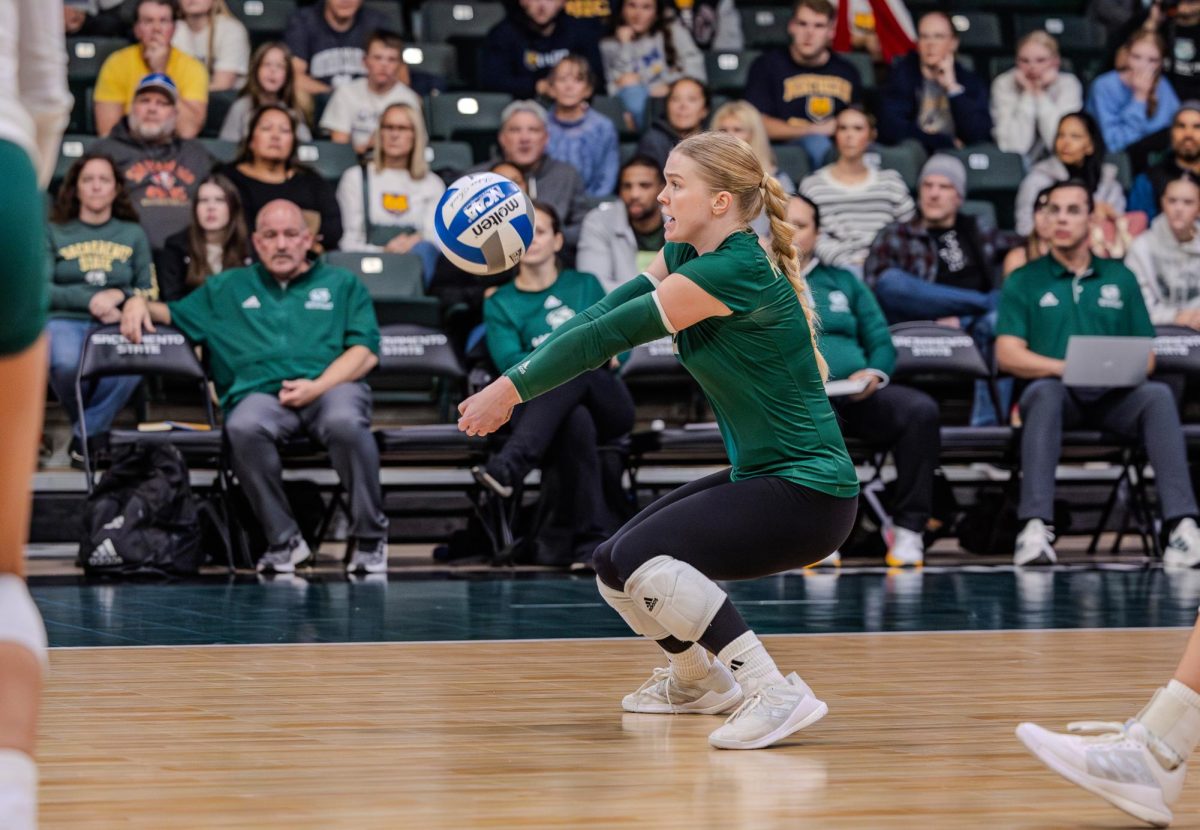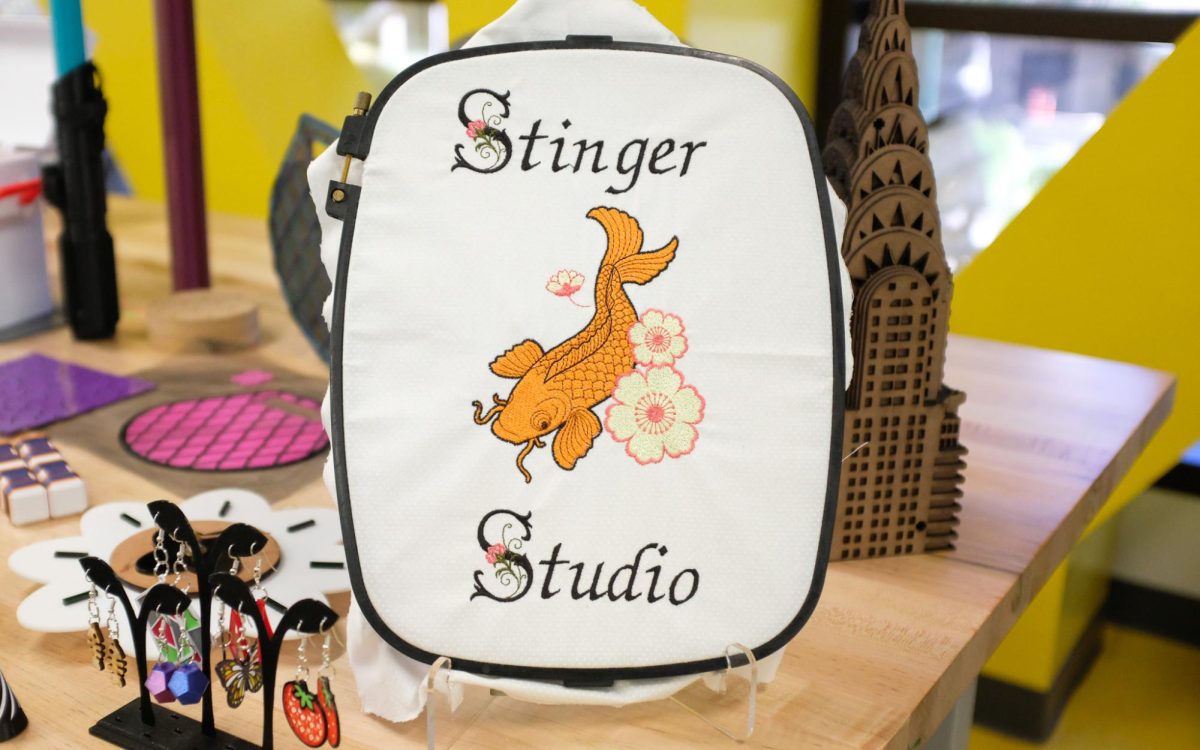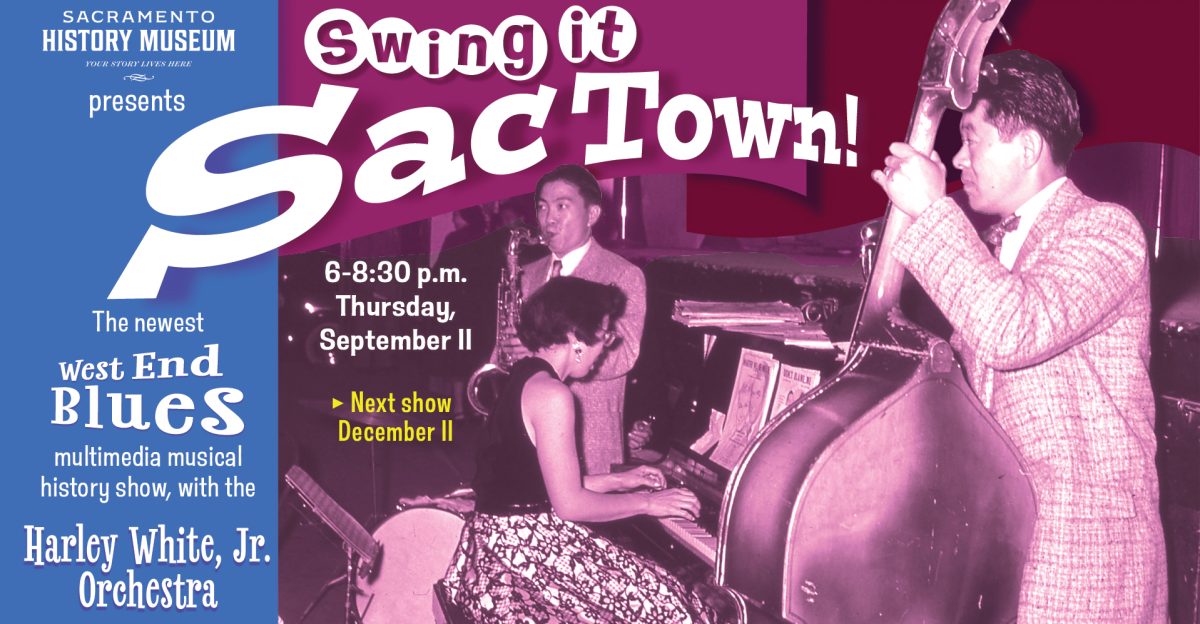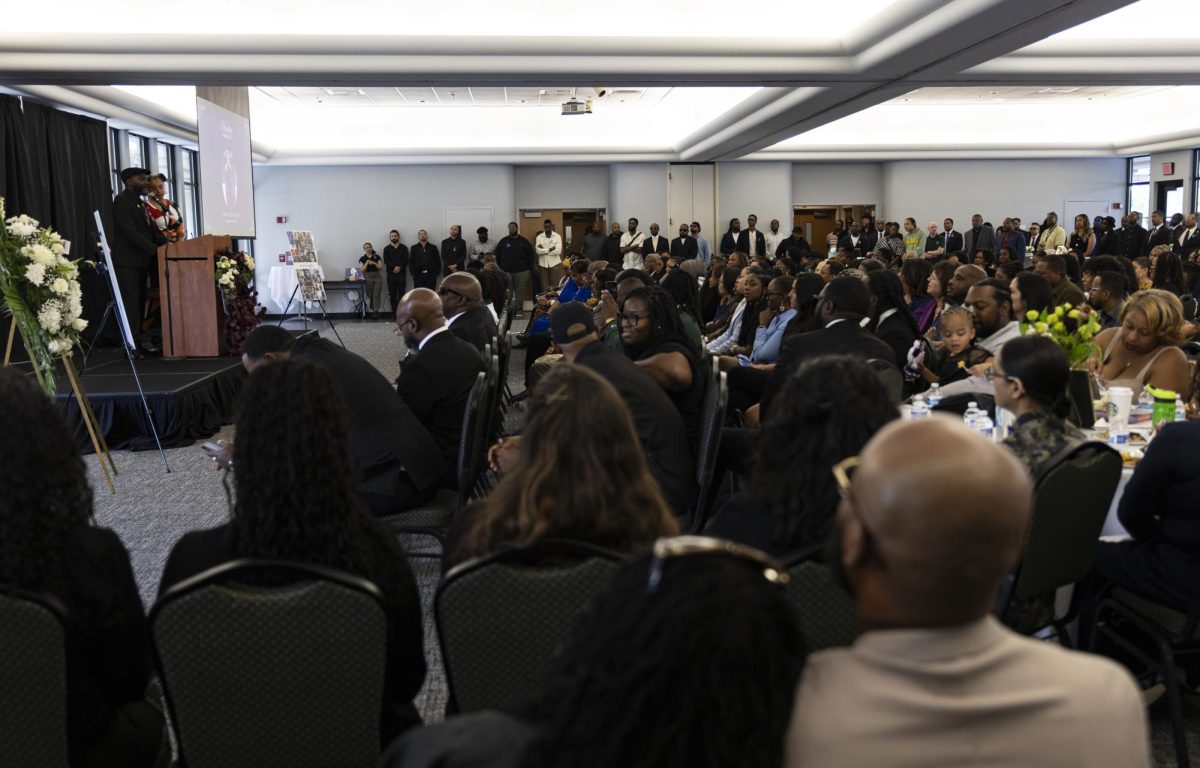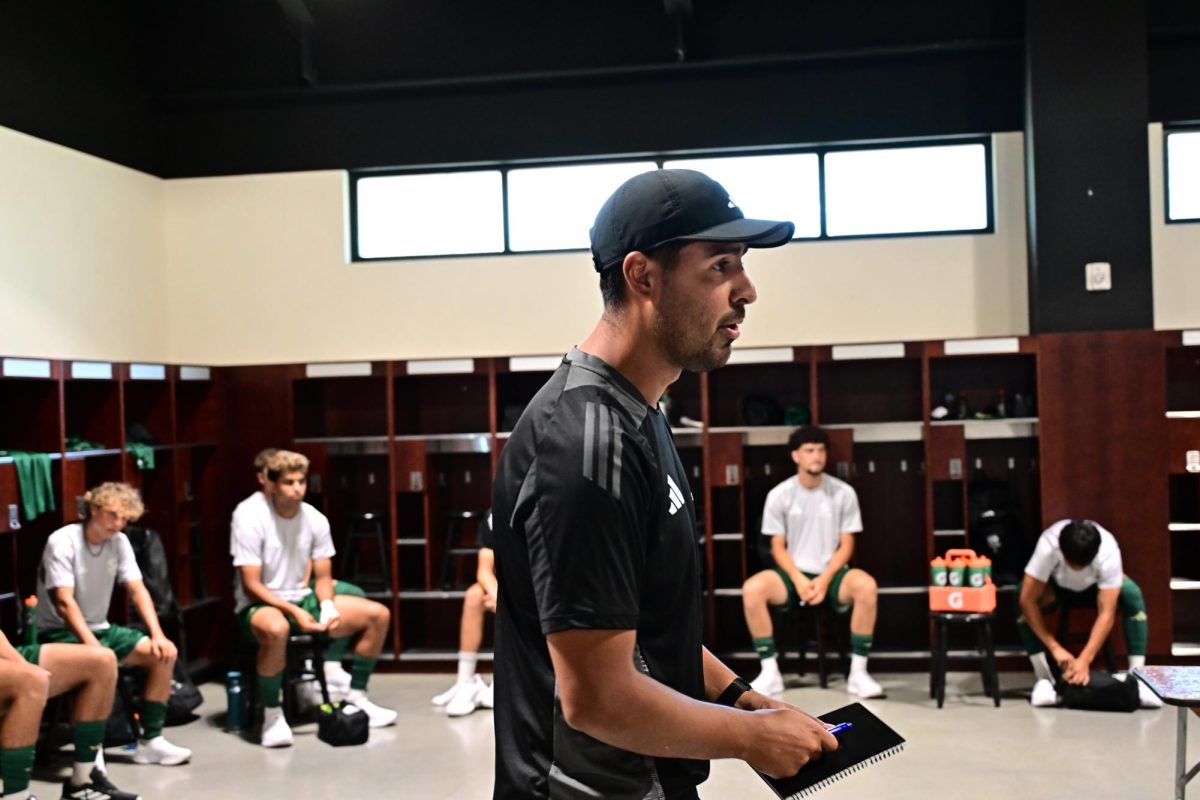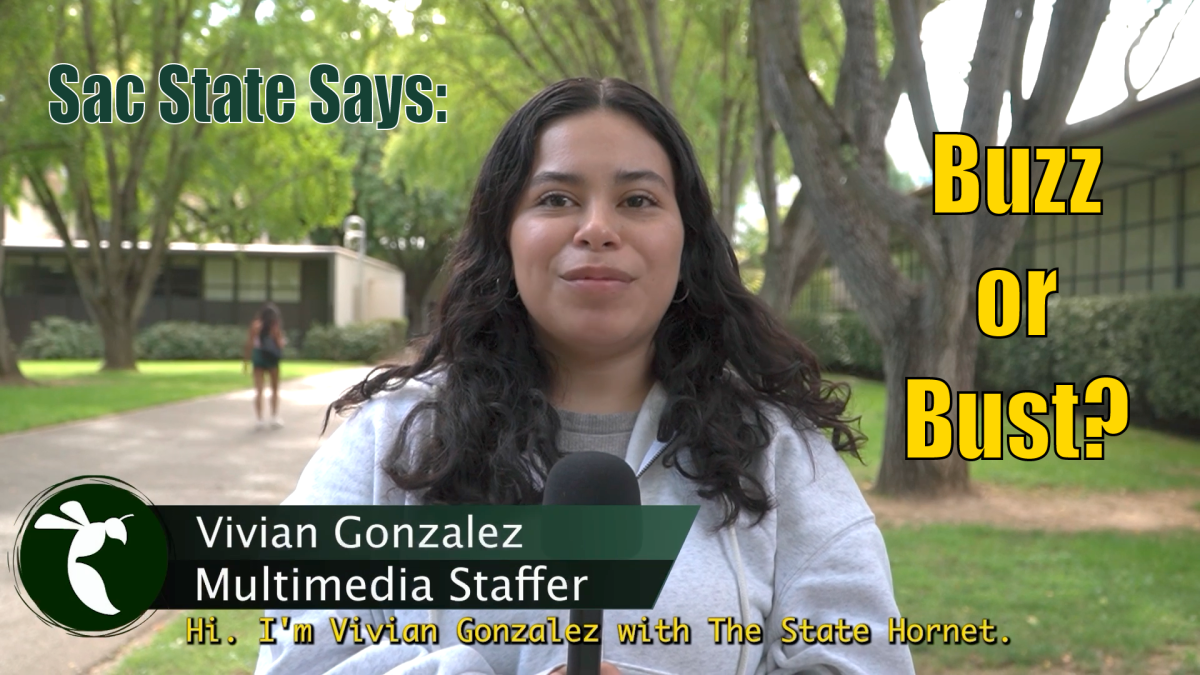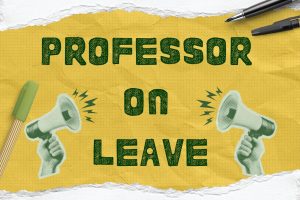Emergency procedure updated
February 16, 2005
Lecturer Shari Lasher was surprised on Feb. 3 to see a student running up the stairs in Mendocino Hall as she was hurrying down them. She was surprised because the fire alarm had just sounded and, as is protocol, everyone was hurriedly evacuating the building, except for one panicked student rushing up the stairs.
Lasher said the student was panicking because there was a woman in a wheelchair on the third floor of the building and nobody knew how she was supposed to be evacuated. Lasher and Maggie Fuchs of the communications department followed the student to third floor and, with the help of the woman’s mother, carried the woman and her wheelchair down to the first floor.
“The young woman remained very calm. Her mother said that the same thing would happen when she was in high school, but that the football players would always carry her to safety…” Lasher said.
Lasher said that she and the woman’s mother were concerned because neither of them knew what the procedure for students with disabilities was in the case of an emergency.
Pat Sonntag, director of Services to Students with Disabilities, said students are not formally trained on emergency procedures. She said students are encouraged to check the SSWD Web site (www.csus.edu/sswd/sswd.htm) to prepare themselves in case an emergency occurs.
The Web site instructs students to speak with their instructors early in the semester to make them aware of any special needs they may have during an emergency and to establish relationships with other students in the class who can help them during evacuations.
The Web site includes other instructions, such as know where all of the exits are, be familiar with the alarm signals and avoid the use of elevators.
Don Tucker, the associate director of operations for the University Union, said, “As you probably know, if the fire alarms sounds, everyone is advised not to use the elevator.” This is where the problem is created for disabled students.
Tucker said there are predetermined areas, called rescue assist stations, located throughout the building, where anyone who needs assistance during an emergency can go and wait for emergency workers to arrive.
The spaces are marked on the wall by a silver plate and a black button with the words “In case of emergency …” written above them. There are 10 such locations in the University Union.
Tucker said, “Anyone can press the button if they need assistance. It connects them directly to public safety and allows them to speak with an officer.” The officers are also able to locate where the signal is coming from as soon as the button is pressed, Tucker said.
He said that for students in wheelchairs, there is also an assist chair that allows rescuers to more readily take the student down the stairs during an emergency.
The chair just arrived last week and there will be staff training later this month on how to use it properly, Tucker said.
“The emergency assist buttons should be pretty easy to locate. Once you know what to look for, you’ll start seeing them everywhere,” Tucker said.





